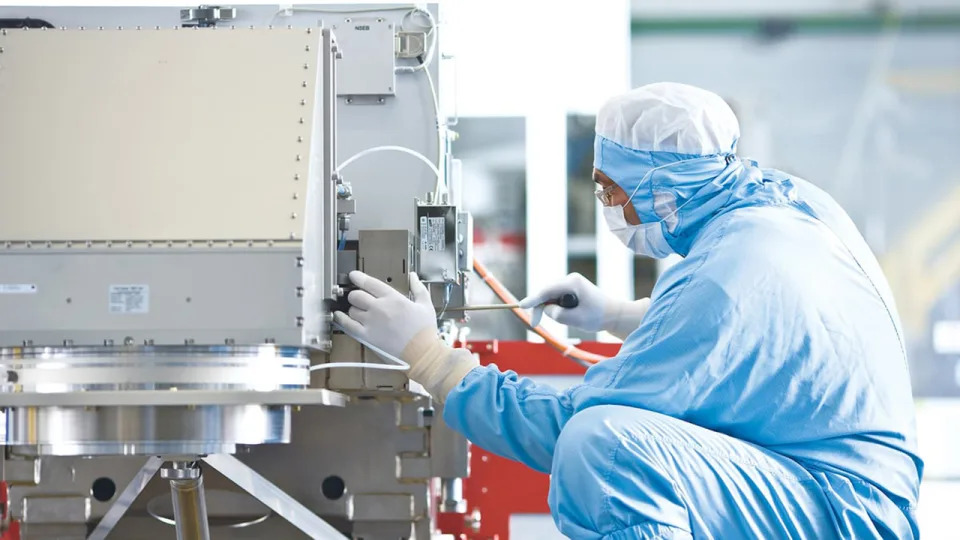On Tuesday, ASML accidentally published its third quarter results ahead of schedule and provided an outlook for 2025. While the company expects strong 2024 sales, as chipmakers from all around the world order plenty of advanced tools, its 2025 outlook is lowered due to slower-than-expected market recovery, geopolitical uncertainty, and potential additional regulations for exports of fab tools to China. As a result, the company’s market cap has dropped nearly $75.7 billion in a couple of days.
Strong 2024, but projects for 2025 are €5 billion below expectations
In the third quarter of 2024, ASML’s revenue topped €7.5 billion, surpassing expectations thanks to strong DUV equipment sales and a higher-than-anticipated Installed Base Management revenue of €1.54 billion. Although net bookings reached €2.6 billion — significantly below the anticipated €5.6 billion, including €1.4 billion from EUV systems, they fell short of projections, indicating market pressures. The company finished the quarter with a backlog exceeding €36 billion.
For the fourth quarter, ASML expects sales to rise significantly to between €8.8 billion and €9.2 billion, driven by a forecasted increase in Installed Base Management revenue to €1.9 billion from EUV performance and productivity upgrades. The company projects its 2024 revenue to be around €28 billion, which is consistent with previous guidance, for a slight overall decline from 2023. However, ASML’s updated 2025 sales projection is now between €30 billion and €35 billion, which is at the lower end of ASML’s earlier estimates when the company expected revenue between €35 billion and €40 billion.
China, Intel, not only
There are several reasons ASML is lowering its revenue guidance, but the main two are obvious: stricter regulations on tools that can be shipped to China, and Intel’s cut-down expansion plans — particularly the delay of its Fab 29 in Germany to 2029 – 2030. We’ll also note the delays of Samsung Foundry’s fab in the U.S., though the change of Intel’s plans probably hurts ASML more. Limited capacity additions to 3D NAND DRAM are playing a role as well.
In recent quarters China has accelerated building out and equipping dozens of new fabs, so China-based companies required hundreds of new lithography tools — and ASML landed these orders. Thus, China accounted for roughly half of the company’s revenue in the recent quarters. But as China slows down purchases of older tools and the U.S. and its allies prepare to implement stricter regulations for exporting semiconductor tools to China, ASML forecasts that its business with Chinese entities will account for just 20% of its total revenue in 2025.



